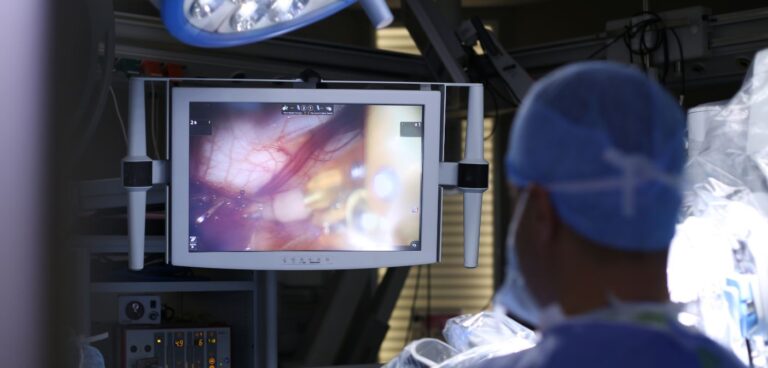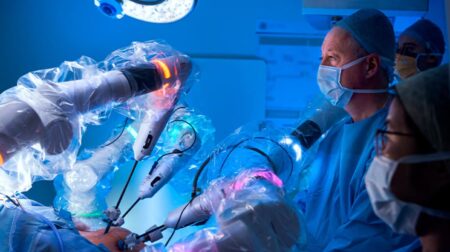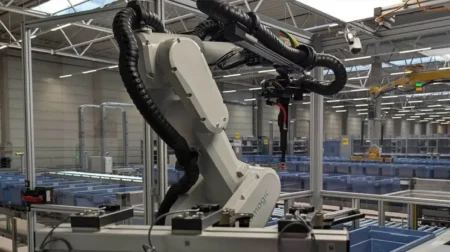An international team of researchers, including from Kings College London and Xtronics in Gravesend, are developing a robotic solution to improve intra-operative ultrasound.
According to the team, cardiac surgeons could enhance operation planning and improve surgical field of view with robotic assistance. By controlling the system through a digital twin the robot can generate ultrasound images of a patient eliminating repetitive hand movements required by operators and reducing the risk of radiation exposure.
The study has recently been published in IEEE/CAA Journal of Automatica Sinica, lead author Fei-Yue Wang, director of the State Key Laboratory of Management and Control of Complex Systems, Chinese Academy of Sciences, explained: “Intra-operative ultrasound is especially useful, as it can guide the surgery by providing real-time images of otherwise hidden devices and anatomy.
“However, the need for highly specialised skills is always a barrier for reliable and repeatable acquisition.”
The researchers worked to create a solution for robotic intra-operative transesophageal echocardiography, an imaging technique used to diagnose heart disease and guide cardiac surgical procedures.
“Our result has indicated the use of robot with a simulation platform could potentially improve the general usability of intra-operative ultrasound and assist operators with less experience,” Wang added.
Using a virtual environment the researchers deployed parallel control and intelligence to pair an operator with the robot. Equipped with a database of ultrasound images and a digital platform capable of reconstructing anatomy, the robot navigated target areas for the operator to better visualise and plan potential surgical corrections in computational experiments.
“Such a system can be used for view definition and optimisation to assist pre-planning, as well as algorithm evaluations to facilitate control and navigation in real-time,” Wang said.
“The ultimate goal is to integrate the virtual system and the physical robot for in-vivo clinical tests, so as to propose a new diagnosis and treatment protocol using parallel intelligence in medical operations.”








